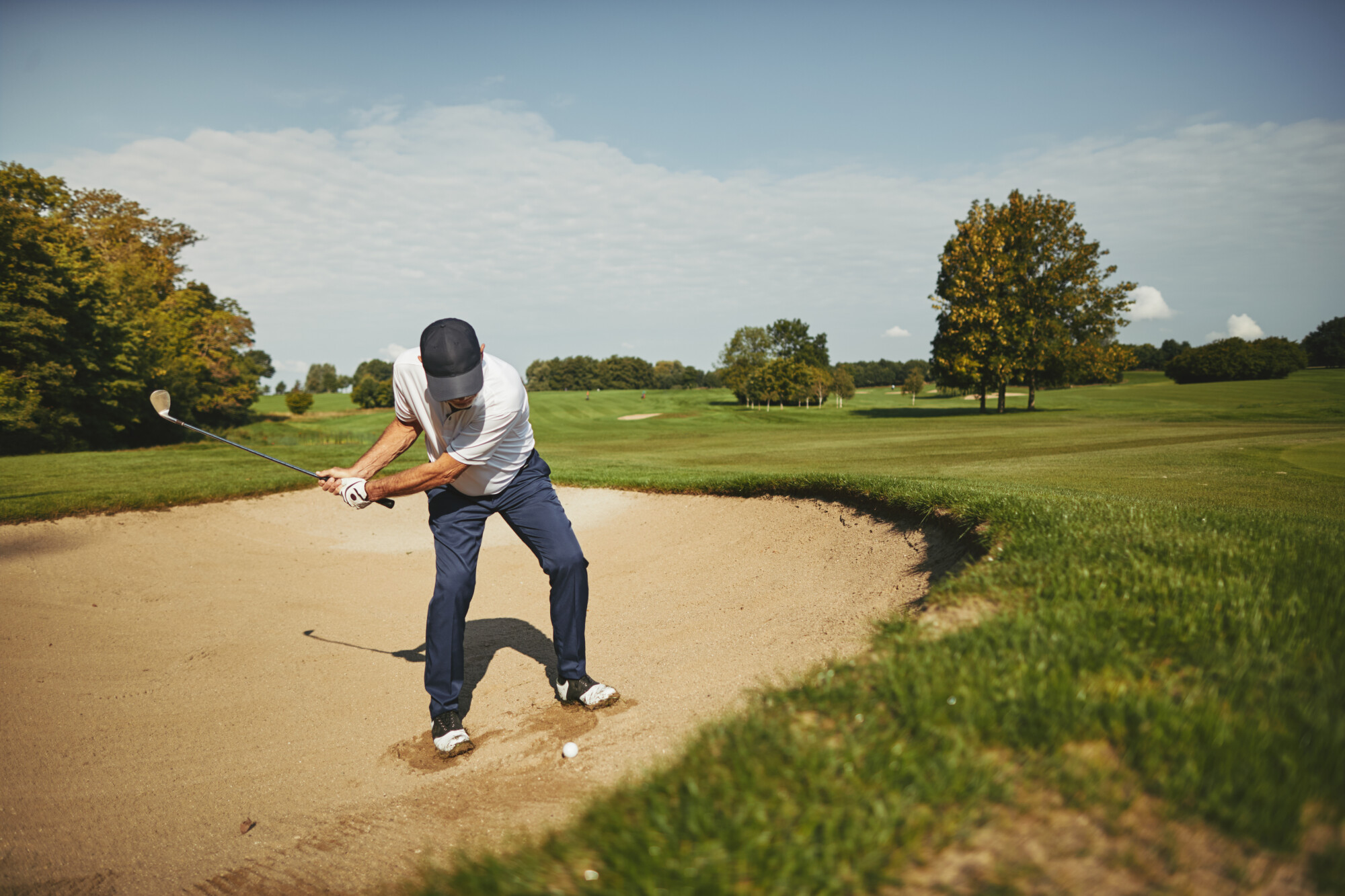
How Far Should You Hit Your Wedges?
Studies show that roughly 48 million rounds of golf are played annually in the Sunshine State. If you're a Floridian golfer looking to get the most out of your game, it's important to know your golf wedges.
Golf wedges are crucial for getting loft in your swing and finding your way out of hazards. But how can you make a golf wedge distance chart to track your distances with your wedges?
If you're curious about how to get the most distance out of your golf clubs, we're here to help. Read on to learn more about improving your golf club distance.
Types of Wedges
To start, what are the main wedges you'll find in a golf bag?
There are wedges of all sorts, so it's impossible to make an exhaustive list. Many manufacturers will create hybrid wedges as well to try to free up slots in the golf bag.
Here are the four primary types of wedges.
Sand
Sand wedges are a must-have wedge in any golf kit. As the name suggests, these wedges are for hitting balls out of sand. They're ideal for bunkers or other sorts of sand traps.
A sand wedge has a significant tilt to the clubface. Typically, this tilt is about 56 degrees. The tilt helps you get under the ball and scoop it out of the sand.
Pitch
A pitching wedge has a less significant tilt and isn't as effective for getting out of traps. Instead, a pitching wedge is great if you're in a low-lying area and need some loft without sacrificing distance. It has more tilt to its clubface than most irons, but less than most wedges.
A pitching wedge has about 48 degrees of tilt. The relatively straight clubface helps improve distance.
Gap
Astute players will notice the considerable gap between a 48-degree pitch and a 56-degree sand wedge. If you prefer to close this gap, then the gap wedge is ideal.
The gap wedge is a simple middle ground between the two wedges. These clubs have a tilt of about 52 degrees, putting them right in the center. They provide more loft than a pitching wedge but more distance than a sand wedge.
Lob
In extreme cases, you may need your ball to have more height than distance. For this situation, the lob wedge is ideal.
The lob wedge is the most tilted club out of the typical wedges. These clubs can reach a clubface tilt of up to 64 degrees.
As such, distance is rarely the goal with these clubs. You shouldn't consider your distance as important as other factors. These clubs are made to get out of hazards and to lob a ball rather than to drive down the green.
Is Distance the Right Metric?
Speaking of distance, is that truly the best metric to use?
Many amateur golfers feel that distance is the most important thing in golf. However, your swing distance is only one factor in your game. Here are two other critical factors.
Control
Control over the ball is arguably more important than distance. Control is a measure of how well you can decide where the ball goes.
For example, if your ball is in a sand trap and you need to get it out of the bunker, distance isn't very important. Instead, the ability to control where your ball will land once you've gotten out of the trap is crucial.
Accuracy
Related to your control is your accuracy. If you can control the ball well, you can effectively decide where it will land. The ability to do so is your accuracy.
What good is getting the ball 400 yards down range when you only need half of that distance? Accuracy will help you control your ball rather than focusing on raw distance and power.
Making a Golf Wedge Distance Chart
While control and accuracy are important, distance is still a critical part of your game. Here are the steps to making a golf wedge distance chart.
Pick Your Wedge
Your first step is to pick which wedge you'd like to start with. For your graph, you should use every wedge. That way, you have an effective measurement for how you perform with each wedge.
To keep things organized, we suggest ordering them by tilt. Begin with your pitching wedge, then gap, then sand, then lob. You can have a better grasp of how the clubface tilt will affect your distance.
Practice and Measure
Once you've picked your wedges, set how many practice swings you want to use. Practice hitting a wedge shot from the same scenario with each club. You can work on the practicalities later.
Once you've struck, make sure you're properly measuring your shot. Using a golf range finder is an ideal way to accomplish this accurately. If your measurements aren't accurate, your graph won't be, either.
Average Your Swings and Compare
Set the same number of swings for each club. We suggest at least ten, but you can go with as many as you prefer.
However many swings you give, average them all together at the end. Add the distances together and divide by how many strokes you're measuring. The ending number is the average distance of your strokes.
It's important not to add all your wedges together, as this number is not useful. Keep your numbers separate and add the correct distances.
With all your averages discovered, you can make your graph and see which gives you the best distance. It's not uncommon for a player to get more distance with a wedge that should hypothetically give "less" through a higher loft. You may make better contact with clubs that are tilted.
Picking the Best Golf Wedges
Making a golf wedge distance chart is only part of your goal as a budding golfer. Make sure you understand the role of every club in your golf bag. Focus on mastering one or two instead of trying to learn every club equally.
Curious about how you can master the game of golf? Contact us at Astor Creek to book a tee time and start practicing.

